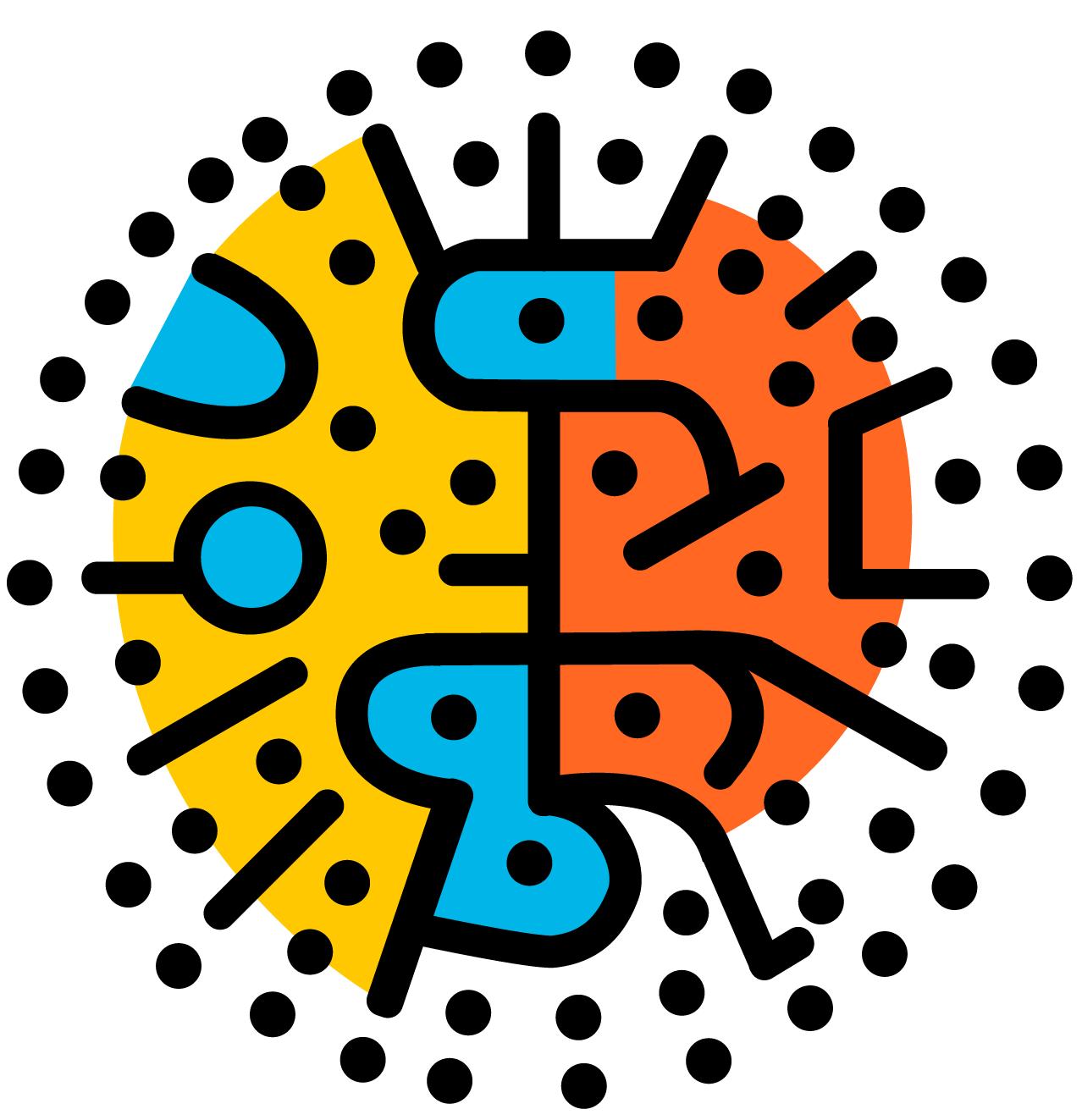Shakeri Lab

Advancing Machine Intelligence for Dynamical Systems and Control in Biomedical Applications
Team
Principal Investigator
Heman ShakeriCurrent Members
- Justin Lee - PhD Student
- Alireza Namazi - PhD Student
- Amirreza Dolatpour Fathkouhi - PhD Student
- Tom Lever - Graduate Researcher
- Fokhrul Islam - PhD Student
- Ali Kashani - PostDoc Research Scientist
- Aram Vajdi - PostDoc Research Scientist
Alumni
- Anne Talkington - Tenure-track Assistant Professor (University at Buffalo)
- Ali Tavasoli - Tenure-track Assistant Professor (James Madison University)
- Shahab Azarfar - PostDoc Fellow (VIVA Lab)
- Mehrdad Fazli - PhD student (George Mason University)
Join Our Team
We are always looking for passionate students interested in machine learning and control systems. Reach out to learn about our open PhD positions!
Research Overview
At Shakeri Lab, we develop intelligent algorithms to control and understand complex dynamical systems in biomedical applications. Our interdisciplinary approach bridges machine learning, control theory, and data science to tackle challenges ranging from cellular dynamics to human health.
While our primary focus is on biomedical applications, we also explore intelligent control and data analysis techniques in areas like traffic optimization and change-point detection in temporal multispectral images. These projects showcase the versatility of our methods and their applicability to various complex systems.
Current Projects
Smart Artificial Pancreas Systems
In collaboration with the UVA Center of Diabetes, we are pioneering "trainable" artificial pancreas systems that leverage machine learning to personalize diabetes management for individuals with Type 1 Diabetes. By harnessing vast amounts of continuous glucose monitoring (CGM) and insulin delivery data, we're developing smarter, fully automated closed-loop control algorithms. Our goal is to improve patient outcomes and enhance quality of life by providing more precise and adaptive insulin delivery.
Single-Cell Signaling Dynamics
Our team is creating novel learning frameworks to analyze how individual cells respond to different stimuli. By focusing on signaling molecules and transcription factors, we aim to uncover how cells make heterogeneous and context-dependent decisions. We integrate high-dimensional single-cell measurements with live-cell trajectory data using advanced techniques like stochastic flow matching and spectral operator analysis. This research advances our understanding of cellular behavior at the single-cell level, potentially leading to new therapeutic strategies in precision medicine.
Explainable AI for Glaucoma Risk Assessment
We are developing GUIDE (Glaucoma Understanding and Integrated Data Evaluation), an explainable AI framework that uses foundation modelsto integrate clinical data, imaging, electronic health records, and social determinants of health. Our goal is to provide personalized glaucoma risk assessments, enhance fairness, and reduce health disparities through transparent and robust multimodal models. By employing hierarchical fusion models and focusing on contextual transparency, we aim to transform glaucoma management and improve patient outcomes.
Operator-Theoretic Methods in Dynamical Systems
Employing operator theory, particularly within the Koopman framework, we analyze the spectral characteristics of complex dynamical systems. This work advances reduced-order modeling and innovative control strategies, improving Model Predictive Control (MPC) and model-based learning for high-dimensional, nonlinear systems. Our approach addresses challenges like instabilities from continuous spectra and sensitivity to initial conditions, enhancing the performance of model-based reinforcement learning and physics-informed machine learning (ML) methods.
Complex Networks and Graph Data Analysis
We investigate the dynamics of complex networks to understand how topological features influence processes such as information spread, disease transmission, and network robustness. By leveraging machine learning, dynamical systems theory, and reinforcement learning, we design and optimize network architectures for desired functionalities in communication networks, power grids, and social systems. Our research enhances the capabilities of Graph Neural Networks (GNNs) by incorporating high-order structures, capturing nuanced relationships, and improving community detection.